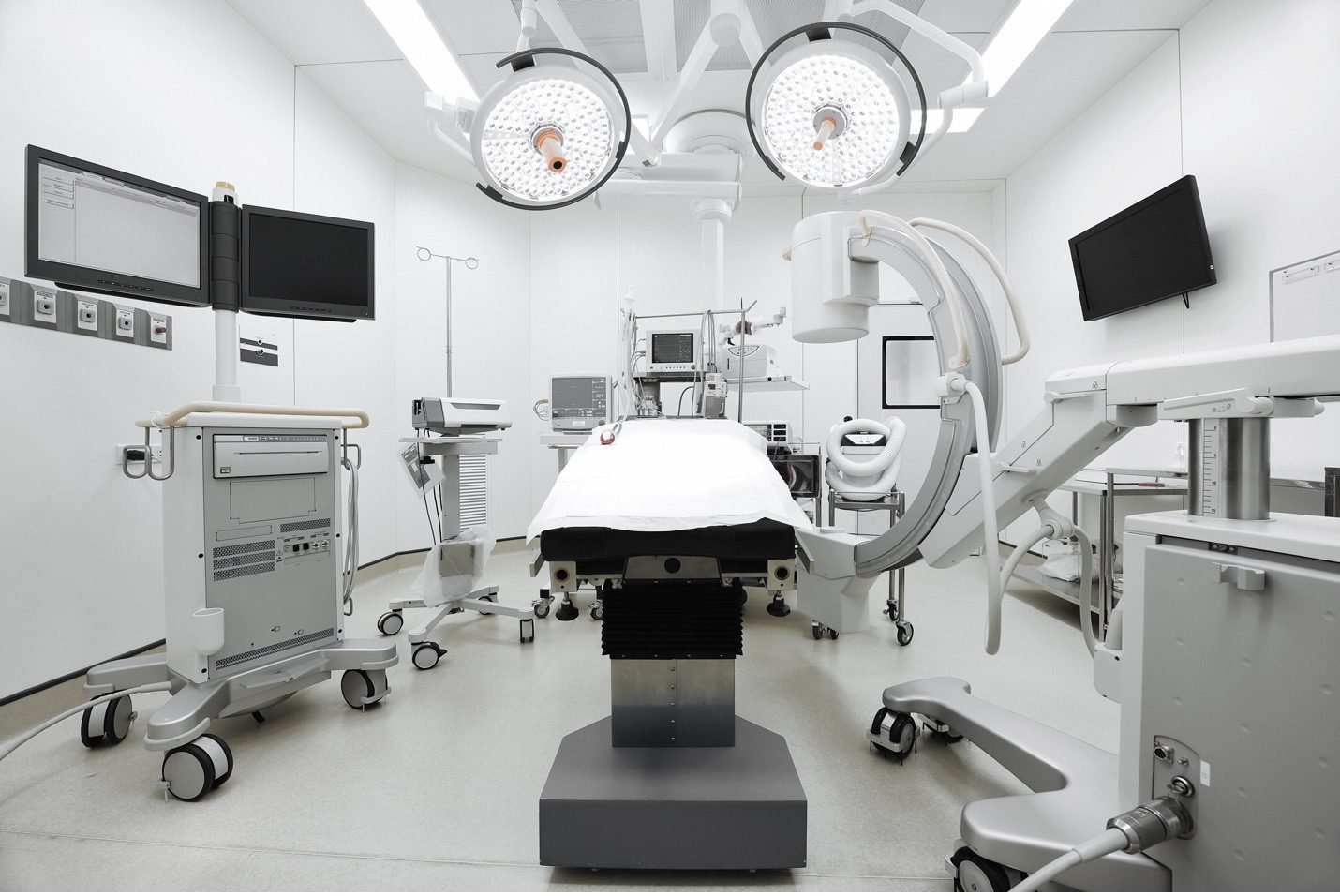
The latest medical equipment is the backbone of any clinic. The goal is simple – ensure ultimate patient satisfaction and safety. You can achieve this with up-to-date tools and equipment. But, how do you install and set up medical equipment from scratch? We compiled the necessary strategies for an effective and smooth equipment setup with the help of a medical equipment technician. You can use them to develop a seamless and complete process for installing different services.
1. Get Installation Setup Medical Equipment Technicians
When working with healthcare equipment, you need a highly trained medical equipment technician. He can handle working with different medical devices and have the right industry knowledge to get your clinic on the right track.
2. Find a Suitable Location
Every medical equipment needs a designated area. Knowing what goes where is crucial for every equipment setup. For example, electronic medical equipment requires electricity to function.
Particularly when working with powered medical equipment, monitors, medical imaging software, etc. So you would need to place it where you can keep the power on. Medical equipment for transport and storage is a lot more versatile.
Such as storage carts, utility carts, or case carts. They are also more compact, have excellent maneuverability, and take up less space. Surgical medical equipment needs a spacious area that can fit all the surgical tables, utility tables, instruments, stands, and so on.
3. Inspect the Equipment
Malfunctions can happen. Assessing the medical equipment condition is a key factor during the management and maintenance of the equipment life cycle. It increases their safety, availability, and performance. (1)
Even if the medical equipment is new, check for damaged components, missing parts, or mismatched products. Do a thorough evaluation of all the products you get. This minimizes the odds of mishaps and possible malfunction during treatment.
4. Do a Quick Test
The equipment might look fine. But there could be a glitch in the system that doesn’t appear on the surface. Therefore, once the medical equipment technician puts everything together, test the product to see if it is working perfectly. (2)
5. Disinfect and Clean the Tools
During renovation and construction, it is normal for some debris or dust to cover the equipment. What you can do is make sure the area is extremely clean. You want the workplace to be shining by the time patients make their way inside.
For these medical settings, you need high-level disinfection products, such as hydrogen peroxide. Glutaraldehyde, ortho-phthalaldehyde, or other FDA-cleared chemicals. With tactics such as these, you can avoid contamination. Otherwise, you can’t achieve the desired result.
6. Get the Right Staff
Each health worker must be able to use the equipment they work within that facility. Assign them to work with the tool that’s tailored to their individual skillsets. The health worker should be able to figure out if the equipment is faulty. (3)
They can then report that to a medical technician, who will do a quick repair. Don’t forget to encourage the staff to carry out regular inventory and pay close attention to the equipment they are working with. That way, you can always provide the best quality service.
If you have questions about medical equipment and installation, contact us today!
